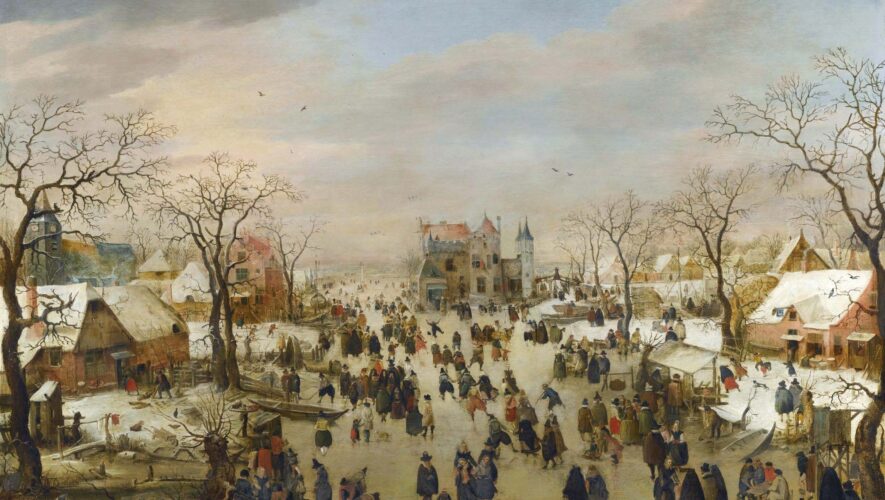My little Gnudren,
Old Gnu has been thinking much of people who feel isolated and depressed due of lack of company and opportunity to meet and chat freely.
Old Gnu recalls his first experience of isolation at Primary School in Norfolk.

He was thrust into a classroom of infants. He couldn’t understand a word of what they were saying. His first reaction was terror. What is more his little classmates kept looking at him as if he were brainless, and little gnu wanted to run away.
The Welsh Rugby spectating fraternity is very kind and considerate in such situations. They are mindful of those compatriots and who cannot speak the language of heaven.
And so when they are giving voice to Land of my Fathers in Welsh, to cheer on their team, they have very considerately catered for people who can’t understand a word of it. If you go to walesonline.co.uk you will find a helping hand. You will feel part of the crowd and all sense of isolation will be dispelled. A phonetic equivalent of the Anthem has been provided for non-Welsh speakers.
| My hen laid a haddock on top of a tree, | Mae hen wlad fy nhadau yn annwyl i mi, |
| Glad barks and centurions throw dogs in the sea, | Gwlad beirdd a chantorion, enwogion o fri; |
| My guru asked Elvis and brandished Dan’s flan, | Ei gwrol ryfelwyr, gwladgarwyr tra mâd, |
| Don’s muddy bog’s blocked up with sand. | Tros ryddid gollasant eu gwaed. |
| Dad, Dad! Why don’t you oil Aunty Glad? | Gwlad, Gwlad, pleidiol wyf i’m gwlad, |
| When oars appear, on beer bottle pies, | Tra môr yn fur i’r bur hoff bau, |
| Oh butter the hens as they fly. | O bydded i’r heniaith barhau |
But even kind-hearted Welshpersons could not help poor little Hendrick Avercamp in his isolation. He was born [in January 1585] with congenital deafness and as a consequence never spoke. He was known as the de Stomme van Kampen – the Mute of Kampen, – the town where he spent most of his life.

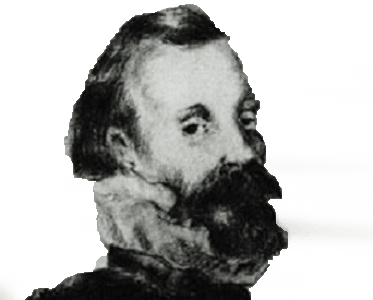
He was born into a well educated family that boasted among others a teacher, an apothecary, doctor and philosopher to boot. The Avercamps were a prominent family in Kampen for many years. Fortunately, early on, it was discovered that young Hendrick could draw and paint like nobody’s business.
He was sent to study with Pieter Isaacks in Amsterdam and some think he may have been a pupil of Mr. Vinckboons – no Old Gnu is not making it up; that’s his real name.
Was it any consolation to young Hendrick that he sold his first painting at the age of 16, or that he was a very successful artist in his own lifetime? Most artists have to be dead to be a success. The Queen has a whole collection of his paintings at Windsor. Was he happy? We shall never know. His mother left instructions that her “unmarried, mute and miserable son” should receive additional allowance over and above his share of the family inheritance. We cannot ascertain for sure whether Mr. Hendrick was miserable, or whether this was simply what his mother thought. Old Gnu has noted that some parents think their offspring miserable or failures simply because they haven’t achieved the norm, or their own personal expectations of them.
Some experts say that Europe experienced a mini Ice Age between 1450 and 1850. These experts are not to be confused with the Daily Express experts who has predicted and warned of an Ice Age most winters.

The winters in Holland were particularly cold in Mr. Hendrick’s lifetime and he devoted himself almost exclusively to painting winter scenes. Europe also experienced a plague epidemic on the sort of scale we are experiencing at the present. It killed Hendrick’s father, Berent in 1603. We don’t know if the open-minded Dutch practised social distancing. But here is one of Mr. Hendrick’s pictures which demonstrates a shocking example of social irresponsibility:
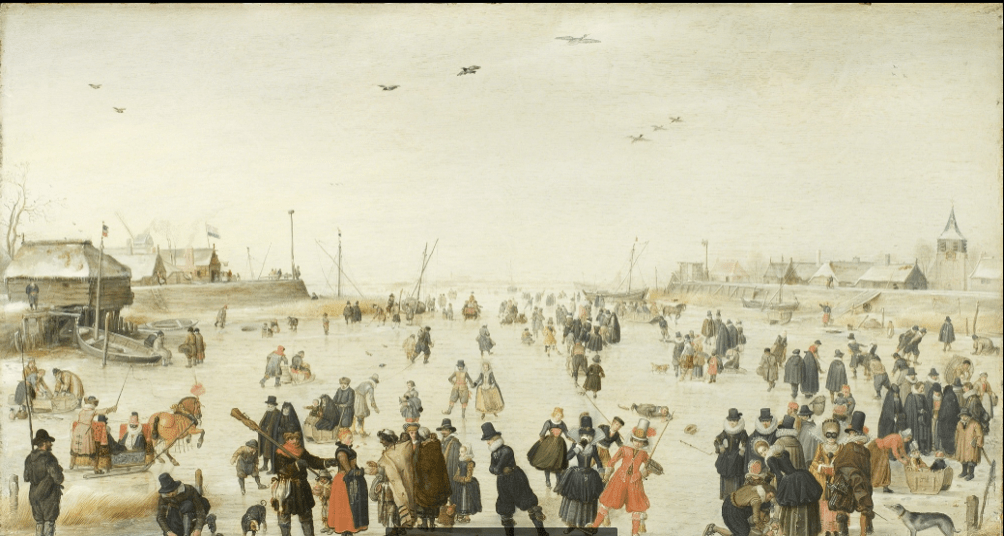
This painting was obviously done at a time when lockdown restrictions lifted. Even so, there is a flagrant violation of the rules in the foreground. And where are the police I ask you? And unlike the Venetians, no one is wearing a mask. Not that the Venetian’s were any better. Many of their masks were stylish but didn’t cover the mouth and nostrils. No wonder the Plague took its toll on them and wiped out half Mr. Claudio Monteverdi’s musicians and singers at St. Mark’s.
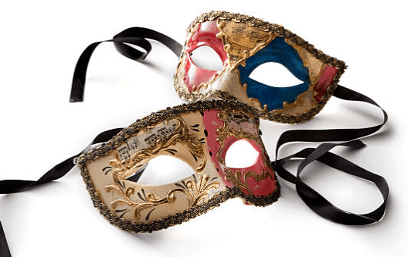
You wouldn’t catch the choir at Bristol Cathedral wearing such masks when they process in.
Now consider the following picture depicting a time when it seems church services were allowed, for there is a stream of people heading generally in the direction of the distant church in the far left hand centre.
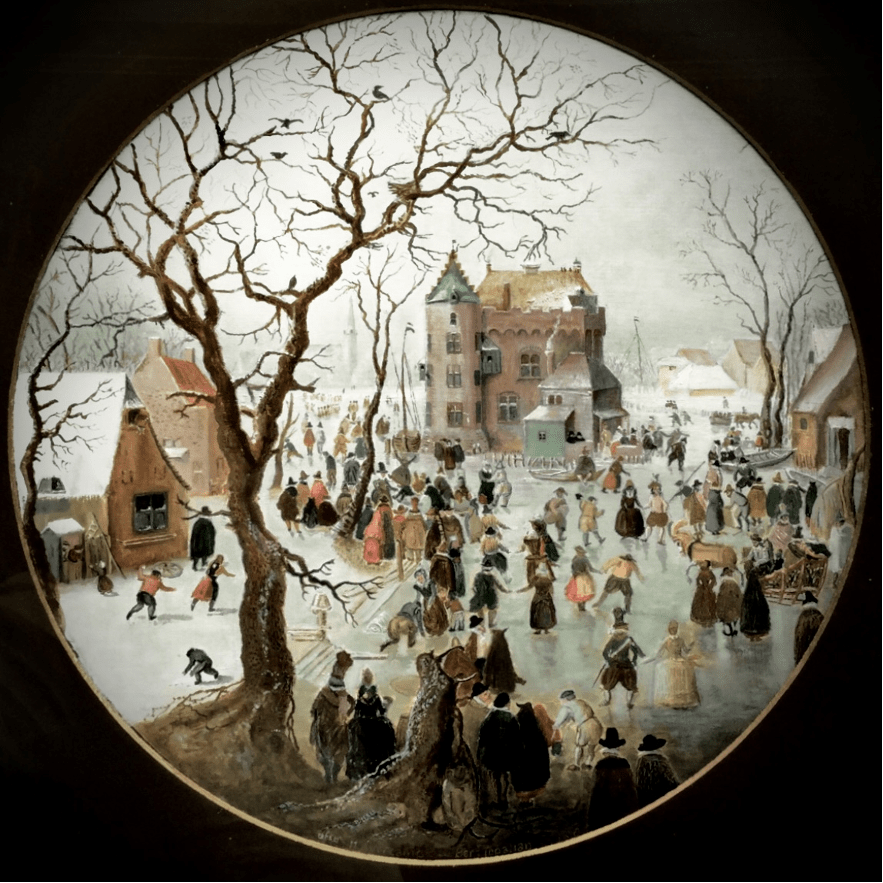
Others are being diverted by the sins of the world, the flesh and the devil. There is a snowball fight on the left, a dancing set in the middle foreground, much skating around, two people slipping over on the ice in the middle of the picture and much joviality. None of this is acceptable behaviour for puritanical Lutherans. Obviously, the bar of holiness needed to be ramped up and clear directives needed to be rolled out for such sinners.
While Mr. Hendrick was deaf and mute, his paintings are very noisy. They speak louder than words. They are a running commentary on the evils of society around him, and portray much inappropriate humour. They are a depiction of degenerate depravity in the social life of the time.
Let the good Mr. Hendrick’s paintings be a prophetic warning as we approach the festive season. For a verification of Old Gnu’s interpretation of Mr. Hendrick’s paintings, please consult Dr. V. Mier who teaches an online course in art history at the University of Oxford. When it comes to interpretation of Art works, Old Gnu wants to declare there has been fraud on a massive scale, and a lot of twaddle spoken. He demands a proper recounting of Art History.
Happy Advent!
Vetus Pater Gnu
Musicorum et Theologia
Turris LA
XXX Mensis Novembris MMXX

